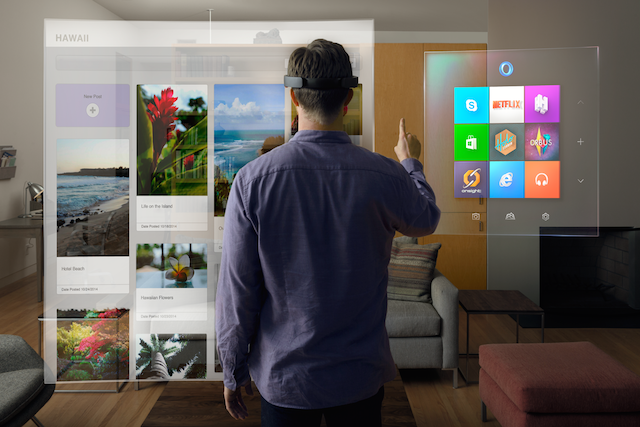After virtual reality viewers being the big item at both the Mobile World Congress in Barcelona and Las Vegas’ Consumer Electronics Show earlier this year, it’s not surprising they are appearing on the market.
Yesterday both Microsoft’s HoloLens and HTCs Vive were made available to the public. At $3,000 for the Microsoft viewer and $800 for the HTC device, these products won’t get much traction in the mass market.
For those wanting a cheaper VR device, Google Cardboard has also come onto the market for $15 and while it depends upon a smartphone with the right software and lacks the features of more expensive and sophisticated devices, it is an affordable consumer product.
Like all early stage technologies, the current crop of VR viewers are expensive and somewhat cumbersome but over the next few years we can expect the price of these devices to collapse and become far more usable.
We’re in early times for the virtual reality industry. What we’re seeing today is laying the ground for much more exciting things.

Leave a Reply